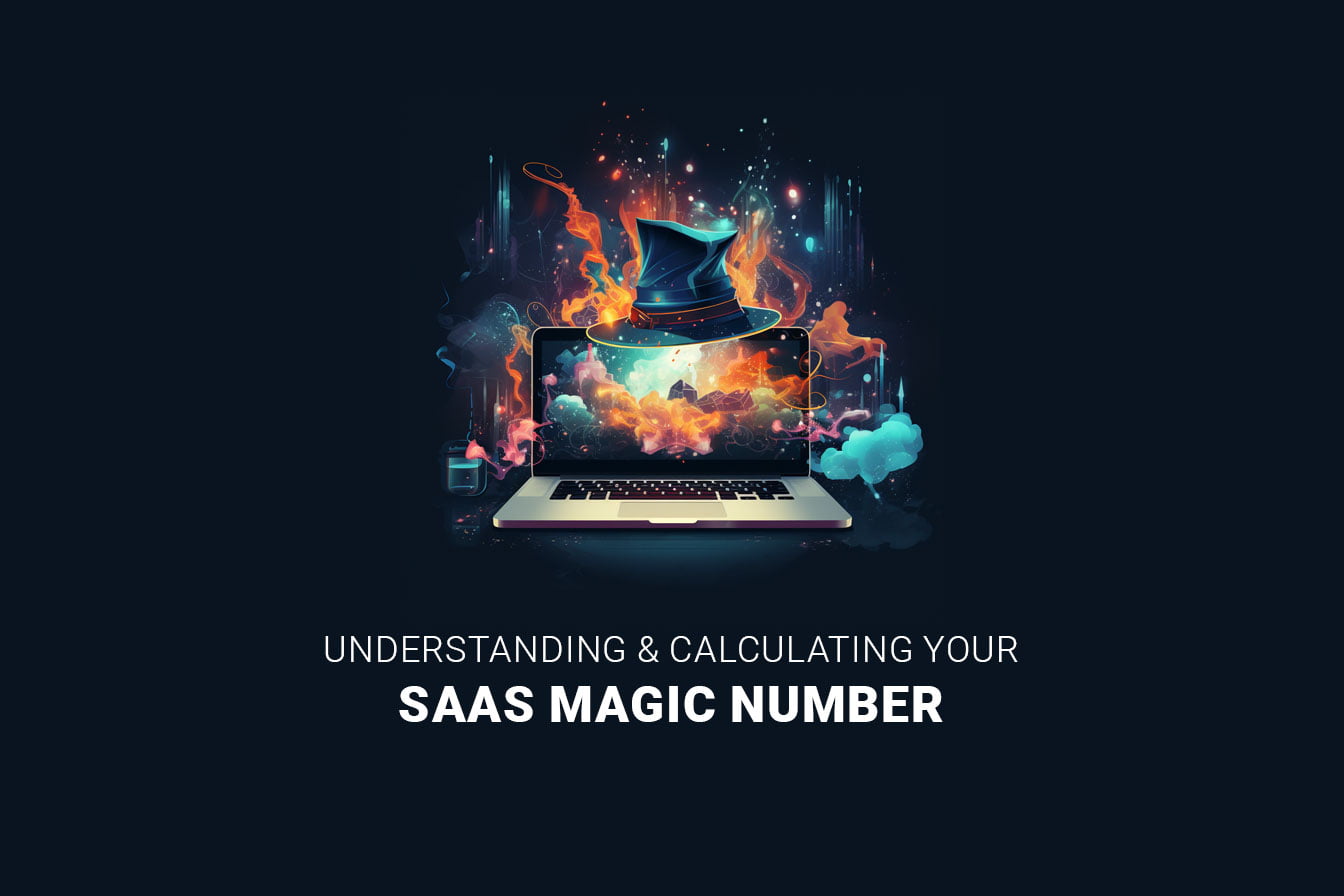Introduction
In the world of Software as a Service (SaaS), SaaS finance metrics are vital for driving strategic decisions and evaluating the health of the business. One such critical metric is the “SaaS Magic Number.” This article aims to demystify the concept of the SaaS Magic Number, provide a clear guide on how to calculate and interpret it, and discuss its importance in strategic planning.
What is the Magic Number in SaaS?
The Magic Number in SaaS is a metric that measures the efficiency of a SaaS company’s sales and marketing spend. In essence, it evaluates how effectively a company is converting its sales and marketing expenditures into revenue growth. This metric is crucial for SaaS business owners and leadership teams as it provides insights into the return on investment (ROI) for their sales and marketing efforts.
How to Calculate Magic Number in SaaS
Calculating the SaaS Magic Number involves a few straightforward steps:
- Determine the Quarterly Revenue Increase: First, calculate the increase in your subscription revenue from one quarter to the next.
- Calculate the Previous Quarter’s Sales and Marketing Spend: Note down the total sales and marketing expenses from the previous quarter.
- Divide and Analyze: Divide the Quarterly Revenue Increase by the Previous Quarter’s Sales and Marketing Spend. The result is your SaaS Magic Number.
Interpreting Your SaaS Magic Number
Understanding what your SaaS Magic Number indicates is crucial. For example, a number greater than 1 is generally considered quite good, indicating efficient use of sales and marketing resources. With a Magic Number of 1, you will recoup the previous quarter’s sales and marketing spend via the increase in revenue that you will enjoy during the subsequent quarter.
SaaS Magic Number Benchmark
It’s important to note that the ideal Magic Number can vary depending on the stage and scale of your SaaS business. However, a benchmark often cited in the industry is a Magic Number close to or above 0.75, indicating healthy growth efficiency and typically a green light to increased investment in sales and marketing.
Strategic Implications
The SaaS Magic Number serves more than just a performance indicator, as it also guides strategic decisions:
- Investment Decisions: A high Magic Number may justify increased investment in sales and marketing.
- Operational Adjustments: A lower Magic Number may lead to a reassessment of sales strategies or marketing campaigns.
- Business model adjustments: A lower Magic Number may also suggest reconsideration of pricing or the product’s fit to market. If a low magic number is accompanied by a high churn rate, this can signal the need for evaluation of the product quality and/or customer success efforts.
Conclusion
The Magic Number in SaaS is a powerful tool for measuring the efficiency of your sales and marketing spend. By understanding and regularly calculating this metric, SaaS business owners and leadership teams can make informed decisions to drive sustainable growth. Remember, the Magic Number is not just a figure; it’s a reflection of your strategic choices and their outcomes.
Need help with financial modeling or strategic decisions in your SaaS company? We’re here for you! Contact us today for a free consultation.
FAQs
Is the SaaS Magic Number applicable to all stages of a SaaS company?
The SaaS Magic Number is applicable to all stages of a SaaS company, but it should be interpreted differently based on the company’s growth stage.
How often should the Magic Number be calculated?
The SaaS magic number is typically calculated quarterly to align with financial reporting.

